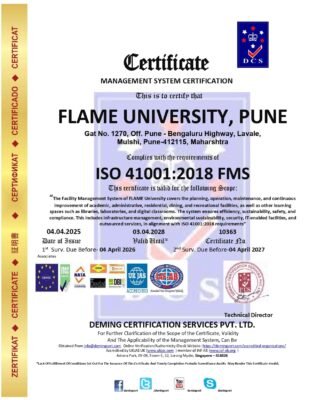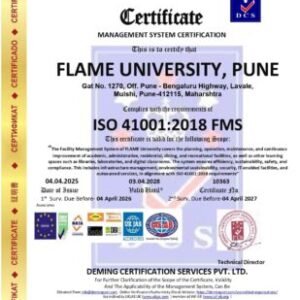ISO 42001 Facility Management System
The purpose of ISO/IEC 42001:2023 is to provide a framework for establishing, implementing, maintaining, and continually improving an AIMS within an organization. It focuses on the responsible development, provision, and use of Artificial Intelligence systems, addressing concerns like:
- Ethics and Transparency
- AI Risk Management (including bias and accountability)
- Data Quality and Governance
- Security and Safety
The standard for Facility Management is ISO 41001.
ISO 41001:2018 (Facility management — Management systems — Requirements with guidance for use) is the actual standard that specifies the requirements for a Facility Management System.
What are the main clauses of ISO/IEC 42001:2023
ISO/IEC 42001:2023, the standard for an Artificial Intelligence Management System (AIMS), follows the common High-Level Structure (HLS) of all modern ISO management system standards (like ISO 27001 or ISO 9001).
The core, auditable requirements of the standard are contained in Clauses 4 through 10, which follow the Plan-Do-Check-Act (PDCA) cycle for continual improvement:
Plan (Clauses 4, 5, 6)
Do (Clause 8)
Check and Act (Clauses 9, 10)
Annex A (Controls)
While not a main clause, Annex A is a normative (mandatory) part of the standard. It provides a reference set of 39 specific control objectives and controls to mitigate AI-related risks, such as:
- Controls for bias mitigation and fairness.
- Controls related to transparency, explainability, and traceability.
- Controls for the AI system lifecycle and data management.
- Controls for third-party and customer relationships.
Documents needed for ISO 42001 certification audit
The certification audit for ISO/IEC 42001:2023 (Artificial Intelligence Management System – AIMS) requires an organization to provide documented information and records to demonstrate compliance with the standard’s requirements (Clauses 4-10) and its specific controls (Annex A).
The documentation falls into two main categories: Policies and Procedures (to show how you manage AI) and Records (to show proof that you are doing it).
1. Mandatory Policies and Procedures (Clauses 4-8)
These are the core documents that define your AIMS:
2. Mandatory Records (Evidence of Implementation)
These records provide evidence that the policies and procedures are being followed:
Crucial AI-Specific Records
To address the unique demands of AI, be prepared to present detailed documentation for:
- AI System Impact Assessments (AIIA) Reports for all in-scope AI systems.
- Logs and Records demonstrating compliance with transparency and explainability requirements (e.g., records of why an AI system made a high-risk decision).
- Evidence of monitoring for bias, fairness, and model drift in deployed AI systems.
- Supplier/Third-Party Agreements that extend AIMS controls to external parties providing AI components or services.



Reviews
There are no reviews yet.